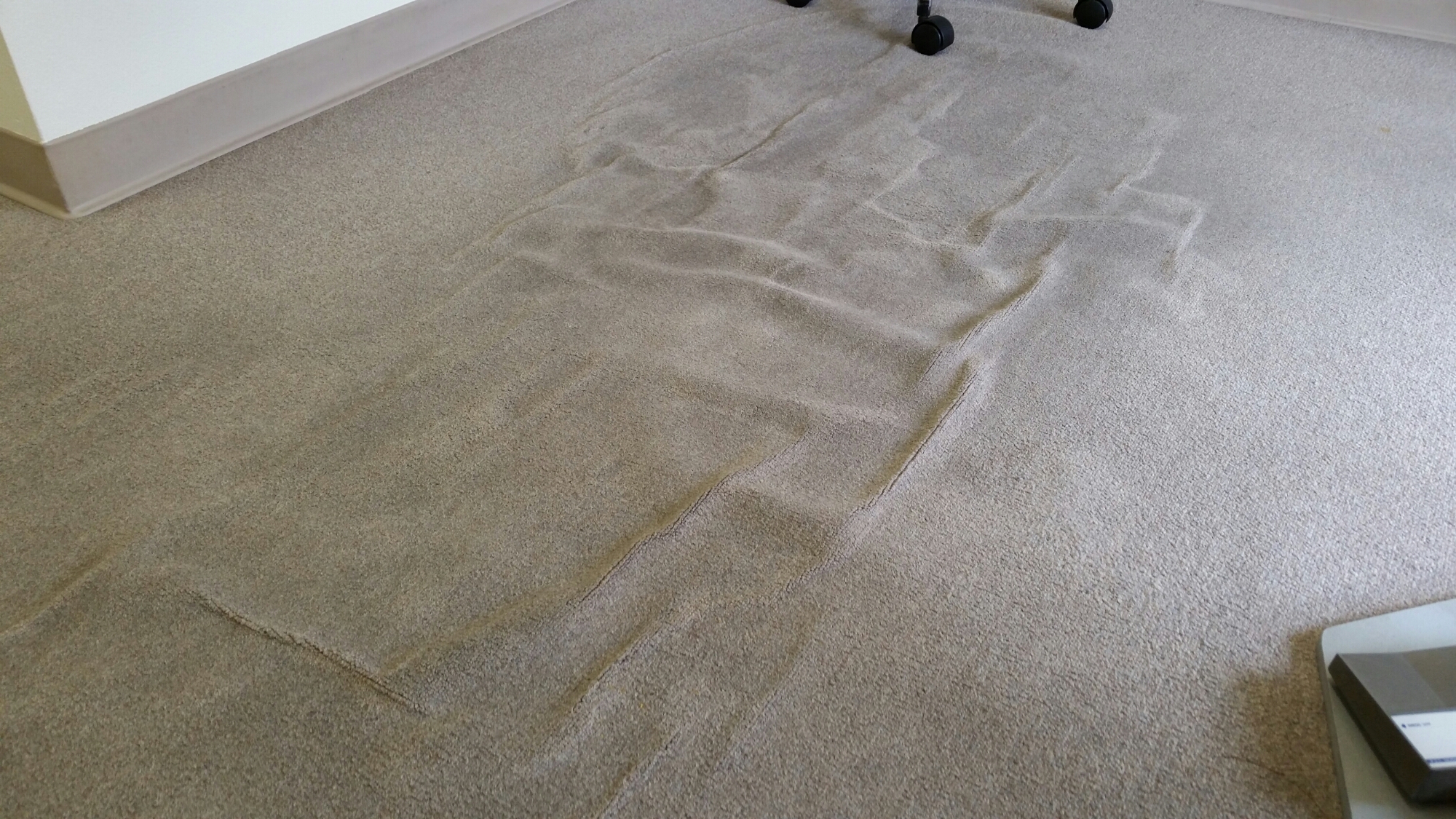
Understanding carpet rippling: causes, prevention, and solutions
11th Mar '24 • By Emily Ayers
Carpet rippling, also known as buckling or stretching, occurs when carpets become loose in various areas, forming wrinkles and waves.

In this article, we'll delve into the common reasons behind this issue, explore preventative measures, plus effective solutions by flooring experts.
Article Summary
- Humidity and Its Impact
- Heavy Furniture Movement
- Improper Installation Techniques
- Inadequate Underpadding
- Dealing with Delamination Issues
- FAQs
1. Humidity and Its Impact
One significant factor contributing to carpet rippling is humidity. During the summer months, carpets are more prone to rippling due to the drastic change in temperature post-winter. Increased humidity leads to moisture absorption by the carpet, causing it to swell. To mitigate the risk of rippling, consider running your air conditioning system or, for a more budget-friendly option, install a dehumidifier in your home.
2. Heavy Furniture Movement
The movement of heavy furniture across the carpet surface is another common cause of rippling. When heavy items are dragged, the smooth carpet surface stretches, losing its original texture. To prevent carpet rippling, restrict the use of carpets for walking purposes only and avoid dragging heavy furniture across them.
3. Improper Installation Techniques
Improper installation is a crucial contributor to carpet rippling. When installing wall-to-wall carpets, they must be stretched tightly to avoid future issues. Loose stretching during installation can result in rippling. To ensure proper installation, opt for professional service providers who utilise power stretchers and treat carpets before installation.
4. Inadequate Underpadding
The underpadding beneath carpets plays a crucial role in their longevity. Incorrect cushioning can lead to carpet buckling as it introduces flexibility into the carpets. Choosing the right type of under-padding is crucial, considering factors such as density and thickness to avoid this problem. By preventing the need for carpet replacement, you can reduce your overall flooring costs.
5. Dealing with Delamination Issues
Broadlooms are constructed with primary and secondary looming to enhance strength and appearance. However, delamination can cause carpets to move freely. Wet carpets and unexpected manufacturing defects are major contributors to delamination.
In conclusion, carpet rippling can result from various factors, each requiring specific attention and preventive measures. Proper care is essential to minimise the chances of rippling.
If your carpets are already experiencing issues, seek assistance from expert floor specialists available on platforms like Service.com.au, who can effectively repair buckling or tears in your carpet.
Get free quotes in minutes.
Get quotes from our qualified and licensed tradies Australia-wide.
FAQs
How can I tell if my carpet has been properly installed?
Proper carpet installation involves tight stretching, and signs of a well-installed carpet include a smooth and taut surface without visible wrinkles or waves. To identify potential issues before they become noticeable, regularly inspect your carpet for any unevenness, loose areas, or changes in texture. If you notice any abnormalities, it's advisable to consult with professional carpet installers for a thorough assessment.
Which types of underpadding help prevent carpet rippling?
Choosing the right underpadding is crucial to prevent carpet rippling. Opt for dense and appropriately thick underpadding, as it provides stability and support to the carpet, reducing the chances of buckling. Consult with carpet professionals or manufacturers for recommendations on underpadding suitable for your specific carpet type. Additionally, ensure the underpadding is installed correctly to maximise its effectiveness in preventing rippling.
How can you reduce the impact of humidity on carpets during summer?
Ensure good ventilation in your home to promote air circulation and reduce moisture buildup. Regularly clean and vacuum carpets to prevent dust and dirt accumulation, which can exacerbate rippling issues. Additionally, consider using moisture-absorbing products, such as silica gel packets or natural dehumidifiers like charcoal, strategically placed in areas prone to high humidity. Implementing these proactive measures can contribute to maintaining the integrity of your carpets during the summer months.